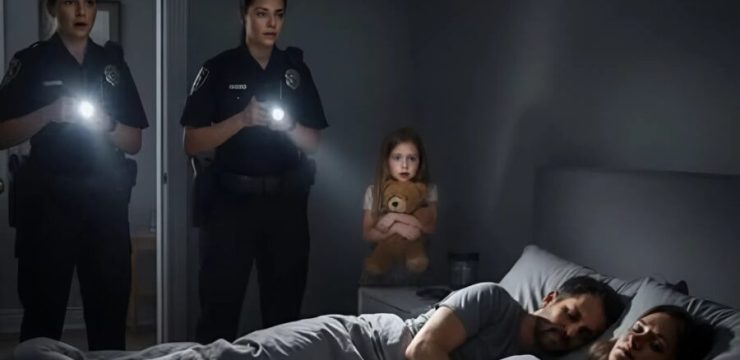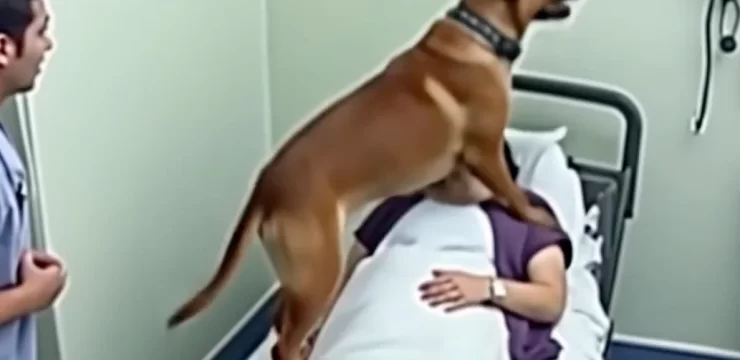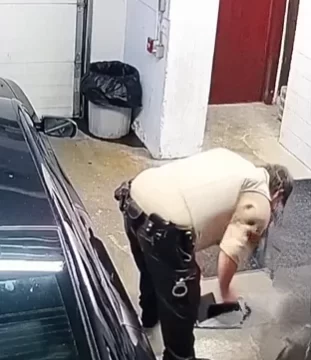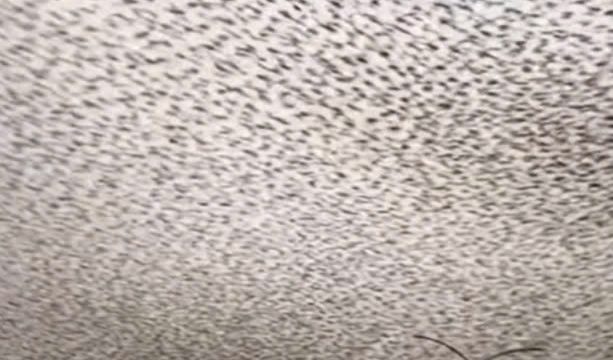What might seem like the ultimate luxury escape in the California desert turned into a nightmare for one guest who claims he was blindsided by a staggering $10,000 bill over something as simple as a selfie. The property at the center of the controversy is the “Invisible House” in Joshua Tree, a sleek glass-wrapped mansion that has become a viral sensation online for its futuristic design and celebrity clientele. For TikToker Sean Davis, however, the rental became an expensive lesson in reading the fine print.

Davis, who posts under the handle @seanmdavis, shared his ordeal in a viral TikTok that has already been viewed more than 1.3 million times. In the video, he explains how he rented the property for $2,400 a night, believing it would be the perfect backdrop for a casual shoot. Instead, he claims the owners “shook him down” for $10,000 after a seemingly harmless selfie taken inside the property triggered an overlooked clause in the rental agreement. The Invisible House is no ordinary Airbnb. Built by film producers Chris and Roberta Hanley, the 5,500-square-foot home sits on 90 acres of desert land bordering Joshua Tree National Park, making it the largest privately owned parcel next to the park. Its mirrored façade allows the structure to blend seamlessly into its surroundings, while the interior features include a 100-foot solar-heated pool, cutting-edge smart systems designed for near-zero carbon footprint, and floor-to-ceiling glass walls that make it look like something out of science fiction.
The house has been featured on Netflix’s World’s Most Amazing Vacation Rentals and has hosted big names such as Demi Lovato, Lizzo, and Diplo. But Davis insists that the glamorous setting masks a very different reality. According to him, the trouble began when a friend’s girlfriend snapped a selfie in the bathroom, tagged a brand on Instagram, and the post was later reshared. That was enough for the owners to claim the group had violated a photography clause in the rental agreement, which required additional fees for any commercial or brand-related content. “We didn’t actually shoot any brand content in the house,” Davis explained in a follow-up post.
“We shot outside, but they had an issue with a selfie.” Nonetheless, the penalty was enforced, leaving Davis with a bill he hadn’t anticipated. Beyond the financial hit, Davis also complained that staying in the house was far from the serene desert escape he had imagined. At night, he said, the mirrored walls created an uncomfortable situation where those outside could see in clearly while those inside couldn’t see out.
Worse, he claimed the structure emitted loud cracking noises throughout the night, likening it to a skyscraper settling, which kept him from getting any rest. “Worst part is it cracks like a skyscraper all night and is so loud,” he said, describing the experience as miserable despite the property’s glamorous reputation. While many viewers of Davis’s video sympathized with his frustration, others were quick to point out that extra fees for filming or brand shoots are common in the industry.
One commenter noted, “My uncle has an Airbnb, and the daily rate is $1,000, but brand shoots are $10k. Seems pretty standard.” Another added, “As someone who used to run a property with frequent filming, that’s about right. It’s industry standard to pay for locations for commercial advertising use. Welcome to the industry! No one makes this same mistake twice!” These comments highlight a divide in perception: for those used to the world of content creation and commercial photography, Davis’s bill was not unusual, but for an influencer expecting only a luxury rental, the charges came as an unwelcome surprise. The incident has sparked debate about how transparent high-end rental properties should be when it comes to photography and content rules. In an era when social media is central to how travelers document their experiences, rules against casual branded posts can easily create confusion.
Many guests assume that sharing their vacation on Instagram is part of the experience, but luxury rental owners may see any association with brands as commercial use, demanding steep fees. For Davis, the lesson was an expensive one. He described the Invisible House as beautiful to look at but ultimately “a complete nightmare,” warning other travelers to think twice before booking without carefully reading the fine print. The viral controversy now serves as a reminder that when it comes to luxury rentals, the real invisible element might not be the mirrored walls of the house but the hidden details buried in the contract.





